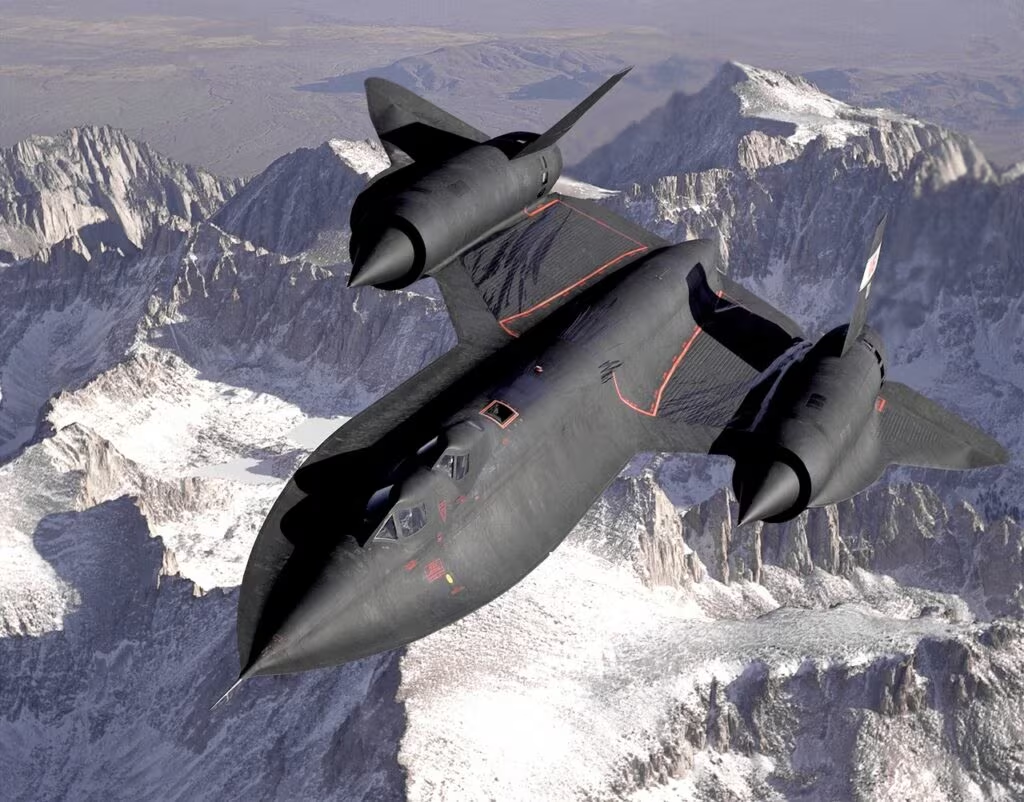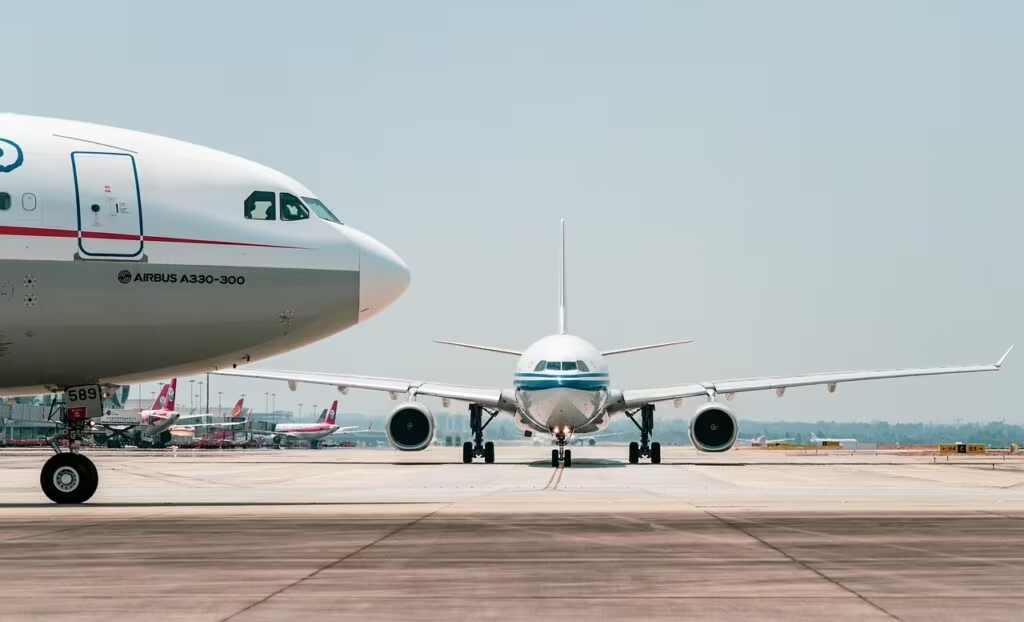The Future of Flight: Why the Blended Wing Body Matters
For nearly a century, commercial aviation has relied on the familiar “tube-and-wing” design—a cylindrical fuselage attached to two separate wings. However, as the industry faces immense pressure to decarbonize, a radical, decades-old concept is finally moving from the drawing board to the test hangar: the Blended Wing Body (BWB) aircraft.
Looking more like a massive, futuristic manta ray than a traditional jetliner, the BWB merges the wing and the fuselage into one seamless, aerodynamic structure. This fundamental redesign promises to unlock massive gains in fuel efficiency and capacity, positioning it as a cornerstone technology for sustainable air travel in the latter half of the 2020s and beyond.

The Aerodynamic Advantage: Efficiency by Design
The primary motivation behind the BWB concept is simple physics: maximizing the lift-to-drag ratio. In conventional aircraft, the fuselage contributes little to lift and generates significant drag. The BWB, conversely, uses the entire body to generate lift, distributing forces more evenly and significantly reducing aerodynamic resistance.
This integrated design means the aircraft requires less thrust to maintain speed, leading directly to substantial fuel savings. Industry estimates suggest that a BWB design could achieve 20% to 30% greater fuel efficiency compared to the most advanced conventional airliners flying today. For an industry struggling to meet ambitious net-zero targets, this efficiency boost is transformative.
Key Benefits of the BWB Platform
The BWB offers several compelling advantages that extend beyond mere fuel consumption:
- Structural Efficiency: The wide, integrated structure allows for a more efficient distribution of loads, potentially reducing overall structural weight.
- Reduced Noise: The integrated design and the potential for placing engines above the central body (shielding noise from the ground) could lead to significantly quieter operations.
- Increased Cargo/Passenger Volume: The broad, deep central body offers immense flexibility for internal configuration, potentially allowing for novel seating arrangements or increased cargo space.
- Adaptability for New Propulsion: The design is highly compatible with emerging sustainable propulsion systems, including hydrogen fuel cells and advanced turbofans, which often require larger, unconventional placement.
The Roadblocks: Engineering and the Human Factor
Despite its clear theoretical advantages, the BWB concept faces significant engineering and regulatory hurdles that have kept it grounded for decades.
Structural Integrity and Pressurization
The most critical engineering challenge is managing the pressurization differential. Traditional cylindrical fuselages are inherently excellent pressure vessels. The BWB’s wide, non-cylindrical shape makes it much harder to maintain the necessary cabin pressure at high altitudes without adding excessive weight in structural reinforcement. Researchers, including those at NASA and Boeing, are heavily focused on utilizing advanced composite materials and innovative structural techniques to solve this complex problem.
The Passenger Experience
For the flying public, the BWB presents a radical shift in cabin layout. The vast majority of passengers would be seated deep inside the wide body, far from the aircraft’s edges, resulting in a windowless experience for most. This raises concerns about passenger comfort, potential claustrophobia, and the psychological impact of being disconnected from the outside environment.
Furthermore, the wide, low-aspect-ratio cabin poses challenges for emergency evacuation. Regulators require rapid evacuation capabilities, and the sheer width of the BWB cabin necessitates entirely new approaches to aisle layout and exit placement to ensure safety standards are met.

Current Status: Who is Leading the Charge in 2025?
Development of the BWB is not confined to academic papers; major aerospace institutions and ambitious startups are actively pursuing prototypes and testing programs in 2025.
NASA’s X-66A: In partnership with Boeing, NASA is developing the X-66A Sustainable Flight Demonstrator. This project, which began major assembly in 2024, is a crucial step toward validating the BWB concept for commercial use. The X-66A is designed to demonstrate the efficiency gains and test the integration of ultra-high bypass ratio engines, providing vital data for future certification.
Airbus and Startups: While Airbus has been more reserved in publicizing BWB work compared to its hydrogen focus, it maintains active research programs. Meanwhile, several ambitious startups are leveraging modern computational fluid dynamics (CFD) and additive manufacturing to rapidly iterate on smaller BWB designs, hoping to bypass the slow development cycles of legacy manufacturers.
The Reality Check on the Timeline
While the technology is advancing rapidly, experts caution against expecting BWB aircraft to dominate airport runways immediately. The development cycle for a completely new commercial airframe is measured in decades, not years.
Veteran aviation analyst Richard Sweetman (a pseudonym used to preserve the original context of the quote) offered a tempered view on the rapid proliferation of these concepts:
“I think these are praiseworthy and sincere ventures. But what I see in a lot of these new projects is a sort of airy, ‘We can do this, we are a new generation. Stop being negative.'”
This sentiment underscores the reality that while the ambition is high, the regulatory, safety, and economic barriers to replacing the global fleet of conventional aircraft remain immense. A realistic timeline suggests that the first commercial BWB aircraft might enter service in the late 2030s or early 2040s, likely starting with cargo or specialized military applications before transitioning to passenger transport.

Key Takeaways: Understanding the BWB Shift
The Blended Wing Body represents the most significant potential shift in aircraft design since the advent of the jet engine. For readers tracking the future of transportation and sustainability, here are the essential points:
- Core Concept: The BWB merges the wings and fuselage into a single, seamless lifting body.
- Efficiency: It promises 20% to 30% fuel savings due to superior aerodynamics and reduced drag.
- Major Players: NASA (with the X-66A Sustainable Flight Demonstrator) and Boeing are leading the public research efforts.
- Primary Challenges: Overcoming the structural complexities of pressurization in a non-cylindrical body and addressing passenger concerns regarding the lack of windows and emergency evacuation procedures.
- Timeline: Commercial passenger adoption is likely 15 to 20 years away, with initial prototypes and testing ongoing in 2025.
Conclusion: A Necessary Evolution for Sustainable Aviation
The Blended Wing Body is not merely a futuristic curiosity; it is an engineering necessity driven by the global mandate for sustainable air travel. While the challenges of structural integrity and passenger acceptance are formidable, the potential efficiency gains are too significant for the aerospace industry to ignore. As programs like the X-66A move toward flight testing, the BWB concept is steadily proving that the future of air travel will look radically different than the past, offering a viable path toward deeply reduced carbon emissions for long-haul flight.
What’s Next
Over the next few years, attention will be focused on the results of the NASA X-66A flight tests, expected later in the 2020s. These real-world performance metrics will determine the viability of BWB structures and inform regulatory bodies on necessary changes for certification. The successful integration of advanced composite materials will be key to proving that a wide, pressurized cabin can be both safe and lightweight enough for commercial operation.
Original author: Mark Piesing
Originally published: November 8, 2025
Editorial note: Our team reviewed and enhanced this coverage with AI-assisted tools and human editing to add helpful context while preserving verified facts and quotations from the original source.
We encourage you to consult the publisher above for the complete report and to reach out if you spot inaccuracies or compliance concerns.

